Village of the Week: A historic bridge and a bloody battle define community in the East Riding
Stamford Bridge, near York, is often creaking with cars and vehicles queuing and snaking their way through what is, the modern motor car aside, quite a quaint little spot with an absolute abundance of history, beautiful old buildings, local and independent stores and a thriving community.
They say, don’t they, that back in the day before council planners and housing developers decided where people lived, settlements of ancient communities would form near rivers where people could get access to water for themselves and their livestock.
Advertisement
Hide AdAdvertisement
Hide AdPerhaps it is still the case, as on any given day at Stamford Bridge, whether it be the traffic on its way from say York to Driffield (five miles one way and 20 odd the other respectively) locals going about daily working lives, business and shopping or visitors wanting to take a look around the historic village on the way home from the coast - it is rarely without people milling about.
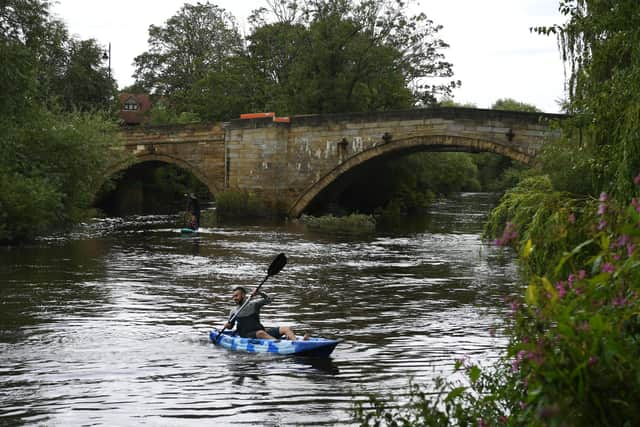

It is hardly surprising, as for a village that has around 3,500 people living here, it has pretty much everything they’d need.
Think post office, solicitor, butcher, baker, chemist, tea-room, village shop, Co-op, pubs, sweet shop, cafe, bistro, car repair garage, vet, doctor, hairdresser, beautician, a whisky shop (which has all sorts in here to tipple on) florist and even a funeral director - so literally everything you need until the end.
There are other buildings of note in Stamford Bridge.
One being The Cornmill, which is a late 18th to early 19th century Grade II listed water mill. It was expanded in the mid 1800s when nearly £1,000 was spent on it, but stopped operating in 1964 and was converted into a restaurant in 1967. More recently the Cornmill was converted into twelve flats but some original equipment remains.
Advertisement
Hide AdAdvertisement
Hide Ad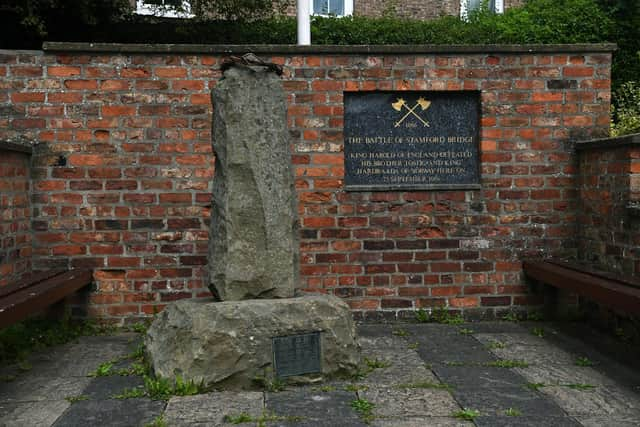

Viaducts never fail to be impressive structures and of course Stamford Bridge has its own. It opened in October 1847, and originally carried the York to Beverley railway line across the Derwent. It closed in 1965 and now forms part of a public cycle route, and is Grade II listed.
Then there is, of course, the bridge. Is this where Stamford Bridge got its name from?
You’d be forgiven for assuming so but given that other research and evidence points to Roman settlements here then it is unlikely to be the whole reason, if any at all.
Originally, the river was passable, unless flooded, via a natural rock ford. There was a bridge at or near the village in the 11th century as one is referred to in accounts of the battle of 1066 and archaeological research shows there was a bridge crossing of the River Derwent one mile south of the present village
Advertisement
Hide AdAdvertisement
Hide Ad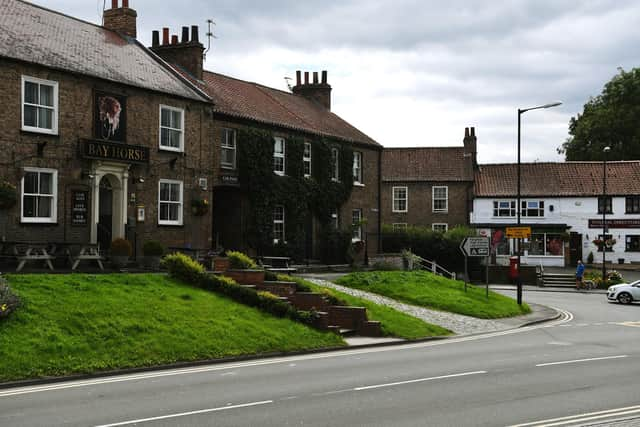

In the medieval period a new bridge made of wood and supported on three stone piers was erected. Records show it was repaired in the 13th and 16th centuries and was 70 metres upstream from the current bridge.
The present bridge was designed by William Etty under an Act of 1725 and completed in 1727. It was strengthened in the 1960s.
Now a Grade II listed monument, some have expressed concern at the level of traffic that still passes over it.
The Romans established a fort here about 70 AD. Then along came the Vikings - and the Battle of Stamford Bridge.
Advertisement
Hide AdAdvertisement
Hide Ad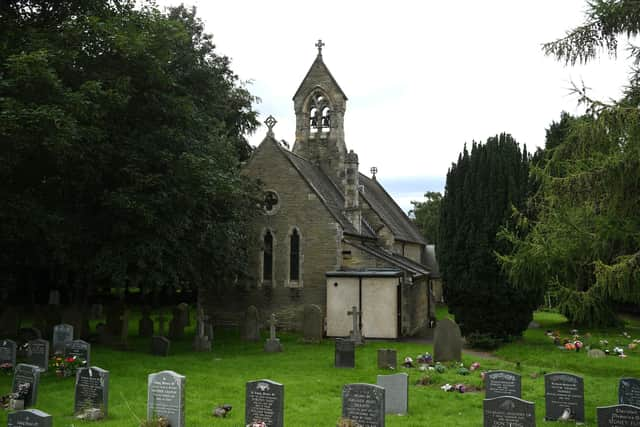

The death of King Edward the Confessor of England in January 1066 had triggered a succession struggle in which a variety of contenders fought for the English throne.
The Battle of Fulford had taken place just days before the Battle of Stamford Bridge, which took place on September 25, 1066.
An English army under King Harold Godwinson and an invading Norwegian force led by King Harald Hardrada and the English king's brother Tostig Godwinson were in battle against each other - all wanting to make their claim on England.
After a bloody battle, both Hardrada and Tostig, along with most of the Norwegians, were killed. Although Harold Godwinson repelled the Norwegian invaders, his army was defeated by the Normans at the equally well known Battle of Hastings less than three weeks later.
Advertisement
Hide AdAdvertisement
Hide AdThe Norman Conquest and invasion and occupation by French troops would follow.
There is a memorial in the village to the Battle of Stamford Bridge on Main Street.
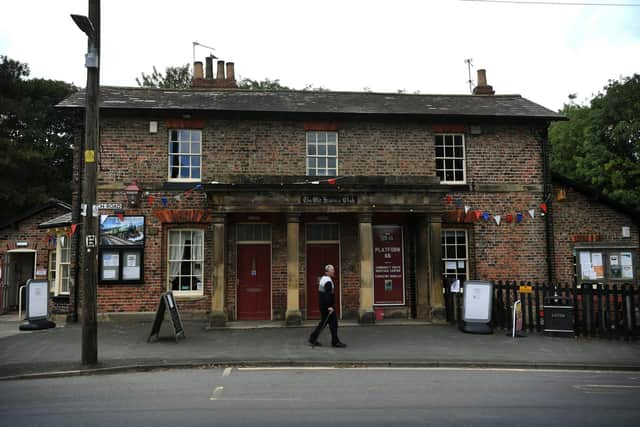

Being built on the banks of the river, it is inevitable that flooding would occur and such events have dominated a lot of Stamford Bridge’s recent and modern history.
The River Derwent runs through the middle of the village and actually comes from the North York Moors and eventually flows towards the North Sea or joins the River Ouse before flowing into the Humber Estuary.
Advertisement
Hide AdAdvertisement
Hide AdOn March 4 and 5, 1999 exceptional levels of rainfall were experienced in the Derwent catchment area, reaching nearly five inches within 24 hours. The situation was made worse by snow on the North York Moors having melted.
By March 7, large areas of Stamford Bridge were under water and a final flooding level of 1.5 metres was recorded by Monday March 8.
During the worst of it, the River Derwent reached a peak water level of five metres above its normal level.
It was the highest level ever recorded and exceeded the previous highest in 1931 by half a metre.
Advertisement
Hide AdAdvertisement
Hide AdThe following year a new level would be set when in October 2000 the Derwent burst its banks and peaked slightly above the 1999 flood level.
It was decided work needed to be carried out on flood defences and started in autumn 2003 and finished a year later.
However, they didn’t work. The flood defences were breached, and much of the village square was under water, when people woke on the morning June 26 2007, following exceptional rainfall over the previous 24 hours.
